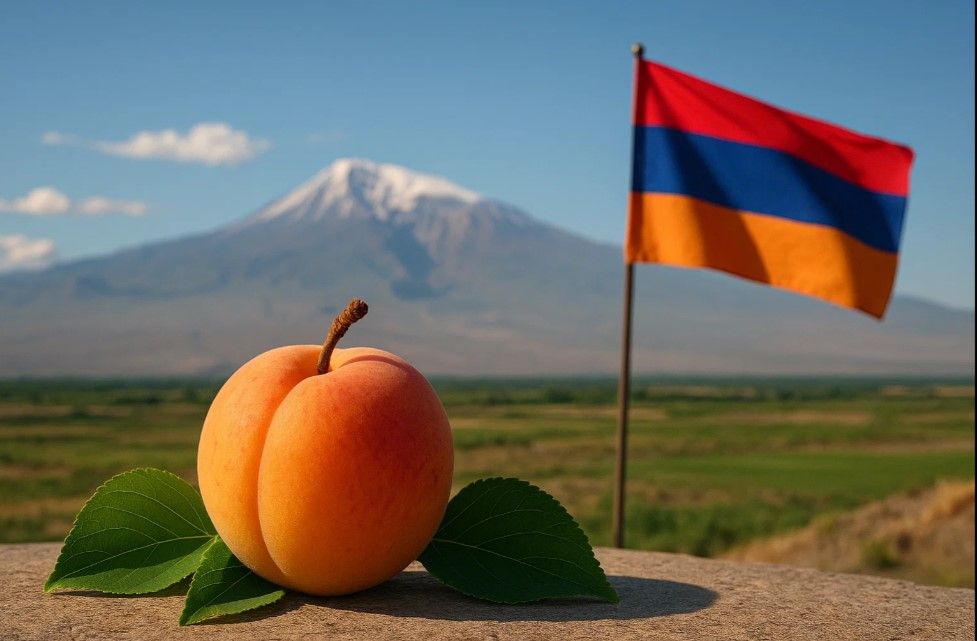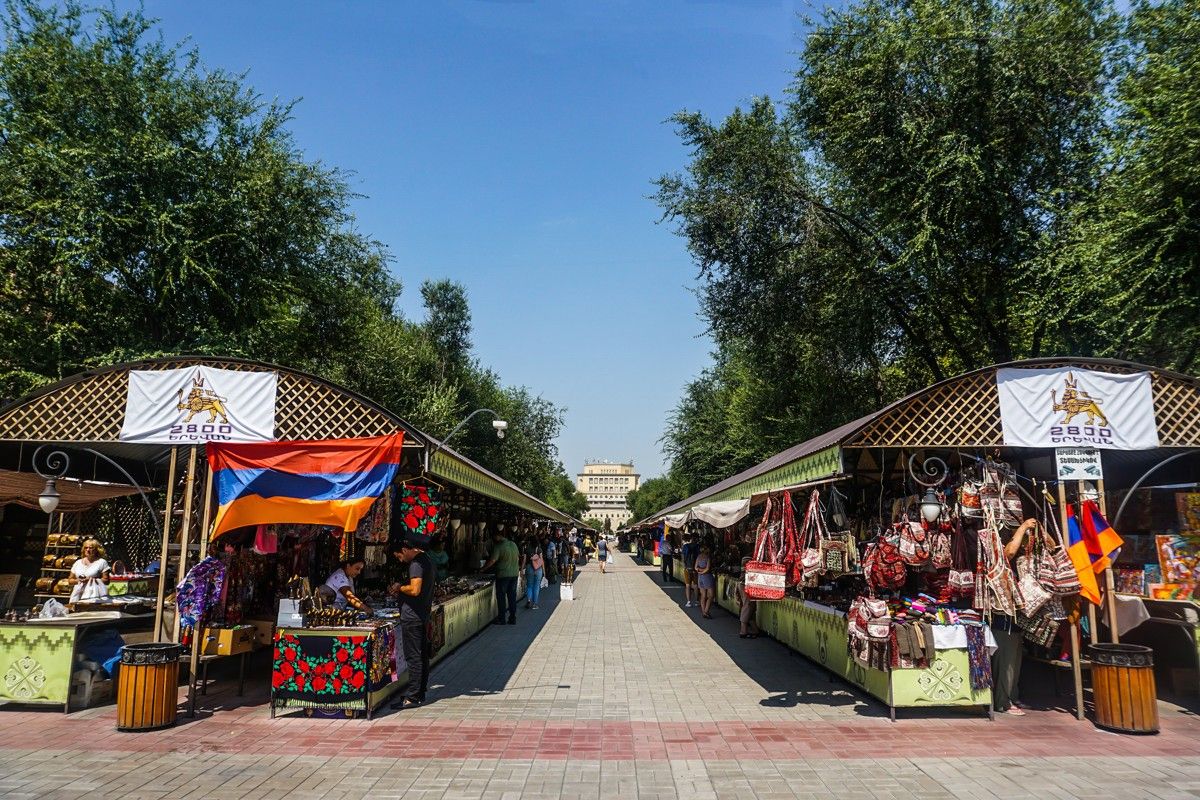
The Apricot, Fruit of the Armenian Soul – Between Symbolism, History, and Tradition
Apricot and pomegranate: two fruits, two symbols of Armenia. One embodies earth and light, the other faith and the sacred. Together, they tell the story of the soul of a deeply rooted and spiritual people.
29 mai 2025

The Vernissage of Yerevan: The Art of Resistance at the Heart of Armenia
Discover Yerevan Vernissage, a unique market blending art, crafts, and cultural resistance, born during the Soviet era. A must-see in Armenia.
22 mai 2025

10 Hidden Treasures of Armenia
Explore Secret Armenia: 10 Off-the-Beaten-Path Destinations Forget the well-trodden paths. Armenia is full of hidden wonders, medieval relics, and landscapes of poignant beauty, often missing from traditional guides. Ready for an authentic and moving adventure? Here are 10 secret places you absolutely must explore. 1. Dashtadem Fortress Located in the Aragatsotn region, this 10th-century fortress has withstood the test of time while preserving its mysterious aura. Originally built to control the trade routes connecting Ani to Dvin, it was reinforced in the 12th century under Muslim rule, as evidenced by Arabic inscriptions found on its walls. Today, its isolation and weathered fortifications offer a fascinating playground for history and photography enthusiasts. 2. Mozrov Cave Near Yeghegnadzor, Mozrov Cave is a geological marvel still relatively unknown. Its natural galleries are filled with stalactites, stalagmites, and massive columns. Experts believe it was formed by water erosion
23 avril 2025

Harissa: The Dish of Armenian Resistance
Harissa, a simple yet powerful Armenian dish, symbolizes resilience, memory, and survival. Explore its ancient roots, its role during the Armenian Genocide, and its lasting significance in Armenian culture and collective memory.
18 avril 2025

Visit Dilijan: Armenia's Green Getaway
Dilijan: A Peaceful Haven to Discover Tucked away in the mountains of Tavush, Dilijan feels like a town straight out of a fairy tale. With its dense forests, ancient monasteries, and tranquil atmosphere, it's a must-visit for travelers seeking authenticity and serenity. When people think of Armenia, ancient stones, hilltop monasteries, and the silhouette of Mount Ararat often come to mind. Yet off the usual tourist trail, Dilijan tells a different story—a story where trees speak as eloquently as stones, where the air feels purer, and where every path seems to open a new chapter of history or poetry. Dilijan is located less than two hours northeast of Yerevan, in the Tavush province. It’s one of the most forested regions in the country, with landscapes that sometimes evoke the Carpathians or the Alps—hence its nickname, the “Armenian Switzerland.” Easily accessible yet wonderfully preserved, it’s a refreshing retreat from the summer heat of the capital or the perfect place to admire the
16 avril 2025

5 Must-See Attractions in Gyumri
Gyumri, between history and culture: 5 essential stops Nestled in Armenia's Shirak region in the northwest, Gyumri stands as the country's second-largest city and one of its oldest. Its history traces back to antiquity, with evidence of habitation from the Urartian period. Over the centuries, the city has borne various names: Kumayri, Alexandropol during the Russian Empire, Leninakan in the Soviet era, and finally returning to its historic name, Gyumri, after Armenia's independence in 1991. Renowned as a major cultural and artistic center, Gyumri boasts esteemed schools, theaters, and a wealth of artistic heritage. Notable figures such as poets Avetik Isahakyan and Hovhannes Shiraz, along with actor Mher Mkrtchyan, hail from this vibrant city. Museums dedicated to these luminaries underscore Gyumri's rich cultural tapestry. Despite the devastation wrought by the 1988 earthquake, Gyumri has remarkably preserved its unique architecture, especially in the historic Kumayri district, wher
14 avril 2025

